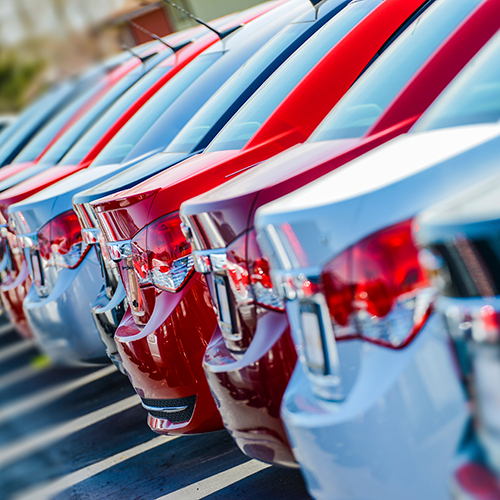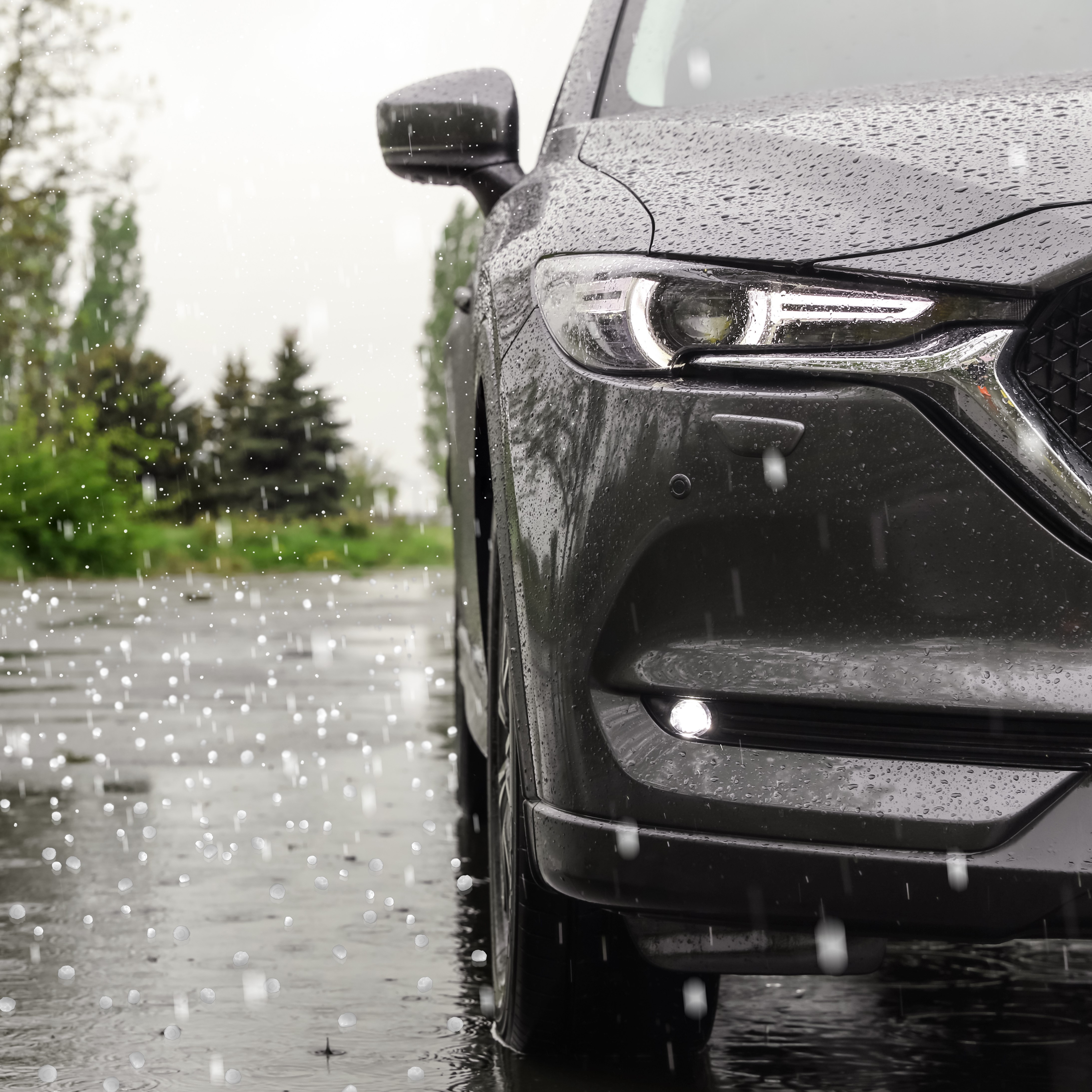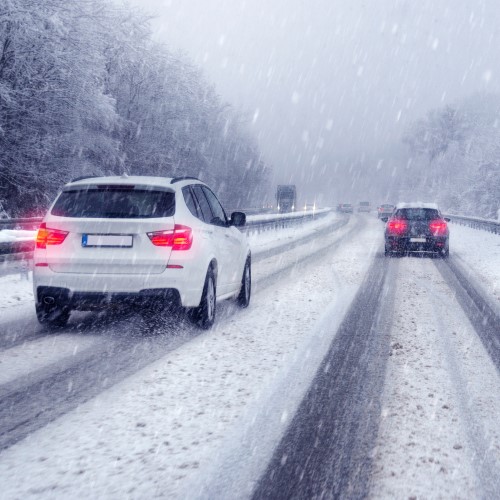There’s hardly a feeling that compares to the sinking sensation a car dealership experiences upon hearing news of an impending hail storm. Unfortunately, many have found themselves standing helplessly inside their showrooms, forced to witness the relentless barrage of hail pounding against the roofs and windshields of their valuable inventory.
Ranging from the size of tiny pebbles to tennis balls, hail can cause significant damage to anything it falls on – including vehicles! To make matters worse, accurately predicting the onset of hail is a challenging risk. This concern is further underscored by data from the National Oceanic and Atmospheric Administration’s Storm Prediction Center¹, which reveals a worrisome trend. In 2022, there were 5,879 reports of hailstones measuring one inch or larger, representing a 17% increase compared to the 5,020 reports in 2021. Preliminary data for 2023 indicates a further rise, with 6,962 reported instances of hailstorms.
How can auto dealers protect their inventory?
Fortunately, there are a number of effective risk mitigation strategies car dealerships can implement to significantly reduce the potential impact of hailstorms on their inventory:
Hail Canopies
Installing hail protection systems, such as hail canopies or hail nets, can provide an additional layer of defense against hail. These systems are designed to absorb the impact of hailstones and minimize damage to vehicles. With a hail canopy or net in place, there’s no need to have to urgently move every car indoors to avoid damage.
Advanced weather monitoring
Utilizing advanced weather monitoring systems can help dealerships stay informed about approaching hailstorms. This allows them to take proactive measures, such as moving vehicles to covered areas or implementing protective measures.
Timely communication
Establishing effective communication channels with local weather authorities can provide timely alerts about impending hailstorms. This enables dealerships to swiftly take action to protect their inventory.
Additionally...
Utilize nearby buildings for protection
Determine the direction of the wind and how nearby buildings can offer shelter for vehicles parked outside. If the wind is strong and hail is blowing heavily in one direction, identify the side of the building that is being hit the hardest. Park as many vehicles as possible on the opposite side of the building, positioning them as close to the wall as feasible.
Invest in fitted car covers
Consider purchasing vehicle-specific or generic protective covers designed to shield vehicles from the elements. Some companies offer car covers specifically designed to prevent hail damage. These covers provide an additional layer of defense against hailstones.
Use available materials to cover vehicles
If car covers are not readily available, you can use thick blankets, comforters, tarpaulins, or even vehicle floor mats to protect your vehicles from serious hail damage. Secure these makeshift covers using duct tape or ropes until the storm has passed.
Park vehicles away from trees and power lines
During a hailstorm, trees and power lines pose a risk of falling or being blown onto your building or vehicles. To minimize this risk, park your vehicles away from these potential hazards. It is also advisable to regularly trim dead branches and remove dead trees to reduce the chances of damage during severe weather.
Secure potential flying objects
When a severe storm is forecasted, take precautions to secure anything that could be blown around or torn loose, both indoors and outdoors. Objects such as garbage cans and lawn furniture can become dangerous projectiles, causing harm to people and property. By properly securing these items, you can help prevent accidents and minimize damage.
Despite the best preventative measures, car dealerships may occasionally experience hailstorm damage. Victor policyholders' claims are handled by a specialty claims service partner led by specialists with over 35 years of experience in adjusting hail, flood, fire, and tornado losses. With their expertise and advanced analytics, they provide a comprehensive and efficient approach to handling hail damage claims, helping car dealerships recover quickly and minimize the impact of these incidents.




